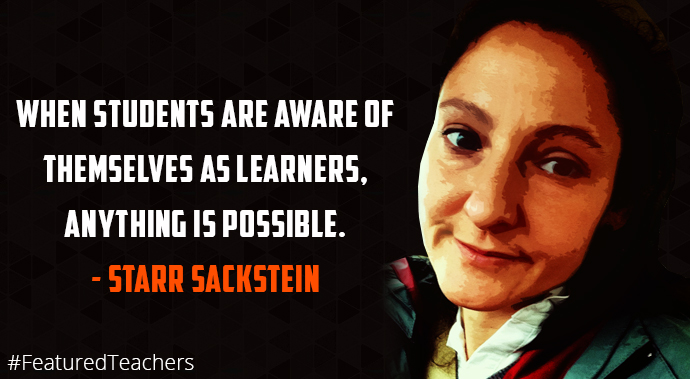
Reposted from the Hechinger report:
Students don’t usually get to design their own high schools. Neither do parents or community members who lack experience in education. But, in what could become a national model, all of these people have been asked to weigh in on the plan for a new high school in San Jose, California. That’s because the school, soon to be the first high school in the Alpha Public Schools charter network, is using a process called “design thinking,” which puts the user’s needs first. In this case, the users will be students and parents. Design thinking is a method of problem solving developed largely by Stanford University professors who sought to codify a product design process that emphasized creative solutions to meet users’ needs. Eden first heard about design thinking in an undergraduate class on urban planning at the University of Virginia. As a teacher, he used the process with his students to develop a disciplinary system that made sense to them. When he was hired to launch Alpha’s first high school, in the heart of Silicon Valley, he decided to apply design thinking to the entire process.
Using design thinking to solve education problems may not come naturally, said Susie Wise, director of the K12 Lab at the Hasso Plattner Institute of Design at Stanford, known on campus as the d.school. “Education is not that nimble,” Wise said. But she thinks it can be. Wise said she and her team at the d.school’s K12 Lab, which focuses on helping teachers apply design thinking in their classrooms, were already experimenting with the idea of expanding this training to school leaders when they heard about Eden’s school design project. At the time, Wise said she thought, “Oh, here’s someone already using it. I wonder what we can learn from him?”
Intrigued, Wise invited Eden to participate in a one-day d.school seminar for school leaders that her team conducted last October. Wise said Eden’s participation in the seminar may have helped the other Bay Area school leaders in attendance more than it helped him. He was already a year into his two-year planning process for Cindy Avitia High School, so he was able to explain to other principals how the somewhat esoteric methods of design thinking could be applied to real life issues at schools. Wise was so pleased with the response she received from school leaders at the October seminar, and at a few other one-day seminars held at the d.school, that she’s now expanding the program. A three-month fellowship, dubbed “School Retool” will launch this month with 20 Bay Area principals. The idea is to help leaders change the way their schools operate by making small, transformative changes, called “hacks” in d.school parlance, without overhauling the whole system at once—something Wise sees far too often.
Read More…

 The Getting Smart team has spent the last quarter thinking about building an entrepreneurial mindset and what that looks like in schools. We’ve had a chance to talk to deans of nursing schools, K-12 leaders and education start-ups about the skill set needed and what great entrepreneurs have in common. Below is a quick list of 10 ways to foster an entrepreneurial mindset both individually and as an organization.
The Getting Smart team has spent the last quarter thinking about building an entrepreneurial mindset and what that looks like in schools. We’ve had a chance to talk to deans of nursing schools, K-12 leaders and education start-ups about the skill set needed and what great entrepreneurs have in common. Below is a quick list of 10 ways to foster an entrepreneurial mindset both individually and as an organization.






